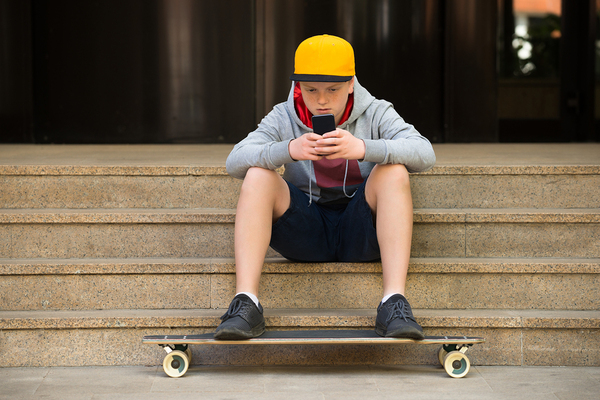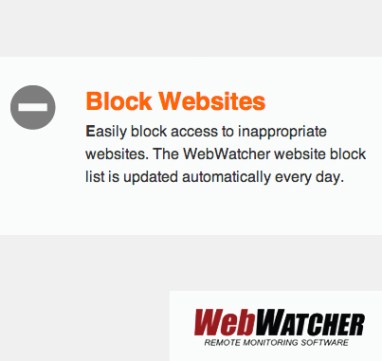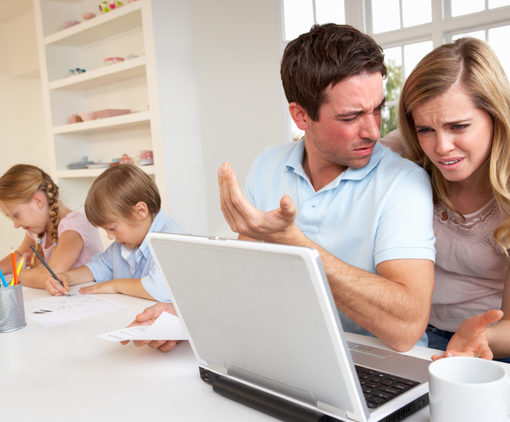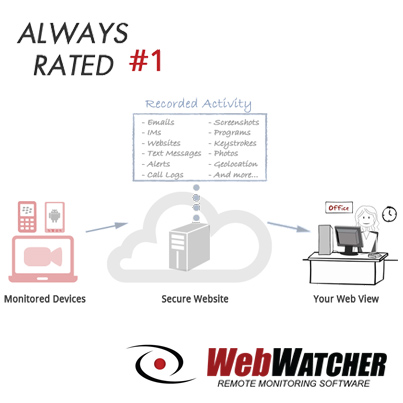Is your teenager accessing pornographic content online? Statistics show that it’s likely that they are. There are studies that show that around 60% of girls and 90% of boys are exposed to pornography under the age of 18. Even more unsettling for parents, the average age of a child’s first encounter with pornography is about 12. That means that if you’re waiting for your kids to hit high school age before you talk to them about sex and pornography, you’re most likely waiting too long. The following is what you need to know about teenagers and online pornography.
Teens Don’t Have to Seek Out Porn to Find It Online

One thing that’s important to realize is that children and teens don’t necessarily have to be looking for obscene content. It can find them without them ever doing a search for it. They could click on a stray ad, receive a link in an email, or even receive a photo or video via text message from a friend. And if it doesn’t happen on a device in your home, it could just as easily happen at a friend’s house.
There are a lot of things that you can do to limit your child’s exposure to pornography. You can set rules and boundaries about how your child uses their devices. You can require them to use the computer in common areas of the house, like the living room, instead of alone in their bedroom. You can install software that filters and blocks obscene images and problem websites. You can use monitoring software on your children’s devices, so that you’re aware of what kind of web content they’re viewing. And you should do all of these things. However, it’s important to understand that none of these measures are likely to completely eliminate any chance that your child will eventually see pornography.
Talking About Pornography
Because you probably can’t eliminate any chance of your children seeing pornography, it’s important to include a discussion of online pornography in your talks with your child about sex and sexuality. Make sure your children know that they can come to you with questions if they see something that makes them uncomfortable. If your child comes across pornography by accident, they may be upset by it, and knowing that they won’t be in trouble and that you’ll take steps to make sure that it doesn’t happen again can help.
Of course, your child may search for pornography on their own as well. Teenagers are often curious about their bodies and their sexuality, and may be looking for pornography to find answers. It’s important not to shame them for this curiosity; it’s a normal part of growing up. On the other hand, they also need to know that porn isn’t real life — photos and videos are often doctored, and that in real life, sex and nudity often don’t (and sometimes shouldn’t) resemble pornography.
Cell Phones and Sexting

One more important discussion to have with your children is a conversation about smartphones and sexting. Your child may be pressured to take and send nude or partially nude pictures of themselves, or they may receive nude pictures of friends or classmates.
Teens need to understand that nothing sent via text or online is really private — if they share a photo of themselves, there’s a good chance that the recipient will then share it with someone else. They also need to know that these kinds of pictures can be considered child pornography, and that there are both social and legal consequences for sending, receiving, and storing them.
Open and honest conversations and diligent oversight of your child’s internet usage are the best ways to handle the problem of online pornography. You can also employ additional measures like computer monitoring software to learn more about which websites your child is accessing online. To find out more about computer monitoring software, get our free trial.





